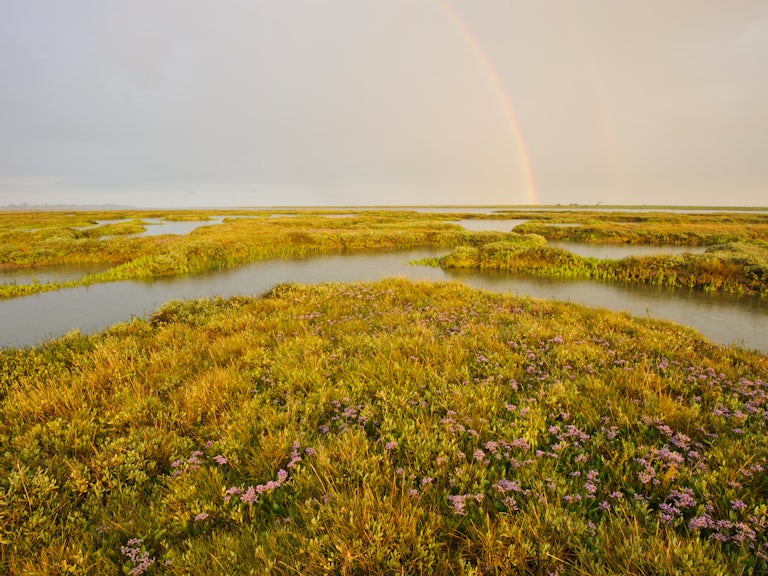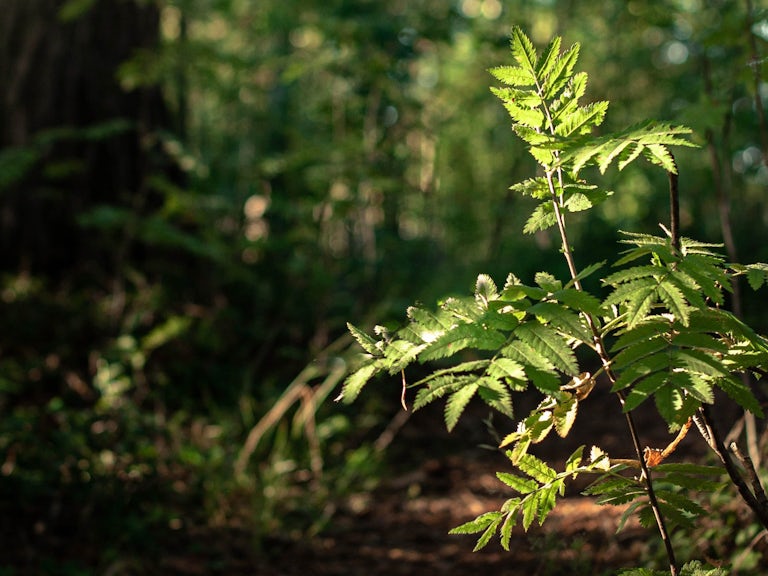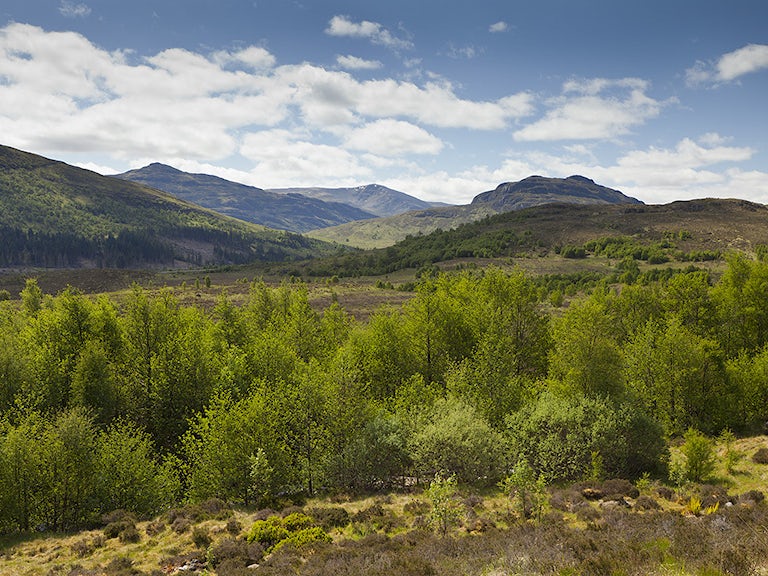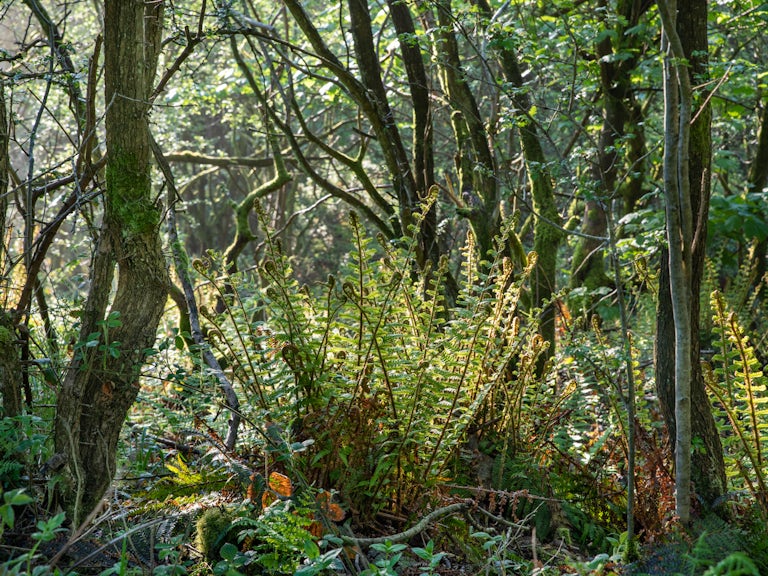Our Response: Government's beaver consultation
Plans to reintroduce beavers into the wild in England were set out by the UK Government in a consultation in 2021 as part of moves to help tackle the nature and climate emergencies.
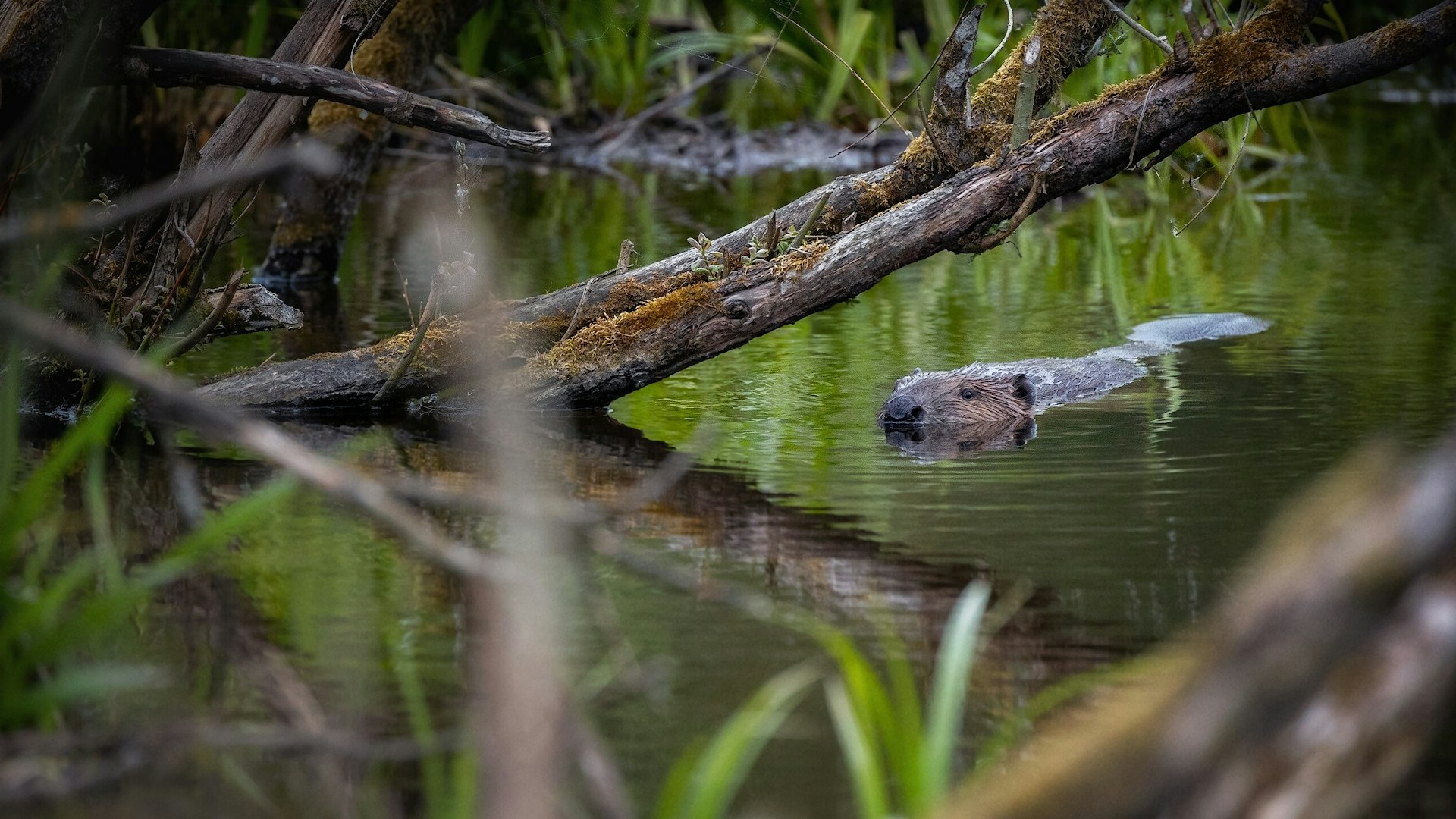
Plans to reintroduce beavers into the wild in England were set out by the UK Government in a consultation in 2021 as part of moves to help tackle the nature and climate emergencies.
UPDATE: On 1 October 2022 the Government gave beavers‘native species’ status, paving the way for licensed wild releases beyond enclosures. We are awaiting a formal response to their consultation.
About the consultation
The native animals are also to be given legal protection in England – which will make it an offence to capture, kill, disturb or injure beavers or damage their breeding sites or resting places without a licence from Natural England.
Beavers are superb ecosystem engineers. They create wetlands that can significantly benefit other wildlife, absorb carbon dioxide, reduce flooding and improve water quality. The animals sometimes need managing if they cause localised damage to farmland.
The announcement is a step towards further reintroductions of native species to benefit the environment, people and the economy, and with proper engagement with stakeholders and local communities.
A public consultation set out the criteria for allowing the Department for Environment, Food and Rural Affairs (Defra) to take further steps for more reintroductions and establishing native beaver populations.
The 12-week consultation , which closed on 17 November 2021, sought views on:
- Potential future releases into the wild
- Current and future releases into enclosures
- Mitigation and management of beaver activity or impacts in the wild, including the River Otter population and all other existing wild living beaver populations
Responses to the consultation will be used to inform decisions on the approach to further releases of beavers into the wild in England. A summary of responses will be published in early 2022.
““I encourage everyone to respond so that the way we shape the future of wild Beavers reflects as many perspectives as possible.””
Tony Juniper
Chair, Natural England
Professor Alastair Driver, Director, Rewilding Britain said:
“Having been first consulted on Beaver reintroduction 36 years ago, read countless papers detailing evidence of the pros and cons and having been a member of the River Otter Beaver Trial steering group, it is clear to me that we already know enough about the criteria required for acceptable reintroduction proposals – but if we have to wait a few more months for the formal consultation to be completed, then so be it.”
“We at Rewilding Britain define rewilding as the large-scale restoration of ecosystems to the point where nature is allowed to take care of itself. Rewilding involves reinstating natural processes and, where appropriate, missing species, allowing them to shape the landscape and the habitats within.”
“Right at the top of the priority list of those formerly native species missing from the majority of our countryside, is the European beaver. These incredible animals are the beating heart of healthy river and wetland environments across Europe – but here in England, we have missed out on the huge biodiversity and ecosystem service benefits they bring for centuries.”
“Rewilding is a crucial tool in the toolbox for tackling the nature and climate emergencies. Beavers can do much of that rewilding completely free of charge in river and wetland environments – so it really is a ‘no-brainer’ that with the right local community support and management strategies in place, we should return them back where they belong in our catchments. We’ve been through decades of talking about this. Now it’s time to act.”
We welcome this long-awaited announcement confirming the intention of Government to licence the release of European Beavers into the wild in England.
Responses to the consultation
Read Rewilding Britain’s and Beaver Trust’s responses below to the UK government’s consultation on approach to beaver reintroduction and management.
The consultation contains 15 questions in total. Questions 1 – 5 are personal questions. Questions 6 – 15 relate to the proposed approach to beaver reintroduction and management. Here are our own responses below.
6. Do you agree or disagree with the proposed approach to beaver reintroductions? Please state your reasons and supporting evidence. If you disagree, please provide any suggested alterations or alternatives and supporting evidence.
We welcome this hugely significant and long awaited announcement to licence the release of beavers into the wild in England. We agree in part with the proposed approach, but we are very concerned about the disproportionate emphasis on perceived risks and costs and the overly burdensome nature of the licencing criteria being proposed.
Beavers are a native keystone species and their reintroduction has an unrivalled capacity to provide a wealth of benefits for people and wildlife. Consistent and overwhelming evidence from the River Otter Beaver Trial (ROBT) and elsewhere in Europe demonstrates clearly that the benefits of beavers hugely outweigh the costs. It is therefore important that a presumption in favour of beaver releases should be the unequivocal theme of the licencing procedures.
As it stands, the overly onerous licensing conditions proposed in this consultation will thus need significant modification. The key areas which need addressing are as follows:
- It will be vital for any Beaver Management Groups (BMGs) or nominated regional beaver management officer to have access to relevant funding streams such as the Environmental Land Management scheme (ELM) to support landowners who are willing to allow beavers to provide "public goods" such as reduced flood risk and improved water quality on their land. This needs to be made absolutely clear in the licencing arrangements.
- The five-ten-year funding commitment requirement is prohibitively long and wholly unreasonable. It is completely unrealistic to expect licence applicants to commit to this timescale. Government agencies such as Defra itself rarely to commit to more than one-three years (four years in the exceptional case of flood risk funding). The majority of applicants will be seeking external ‘blended’ income streams and 5 years is the maximum timescale for most grant funding bodies, with three years maximum being the norm. The best solution would be for an approved body – eg an environmental NGO or a willing individual landowner – to commit to play a hosting role for the Beaver Management Group officer with the length of the project term being dependent on the timeframe for core financial commitment from Defra.
- The following wording: “The reintroduction partnership is responsible for managing financial impacts of beaver activity” needs to be amended. It is not reasonable for the applicant to be liable for reparations for third party losses which arise from beaver activity – especially given that through beaver reintroduction they will be delivering exactly the kind of societal benefits that are encouraged through ELM. This unreasonably onerous requirement does not apply to other legal reintroductions and would set a dangerous precedent.
- The requirements for cost-benefit analysis are unreasonably onerous and unrealistic. Costs and benefits are very difficult and potentially prohibitively expensive to quantify accurately in advance of reintroduction. Until the beavers start to have an impact in particular parts of catchments, it will be difficult to predict where and when the costs and benefits will arise – and to what extent.
- It is unrealistic and unnecessary for every project to appoint its own Local Beaver Officer. This role can be fulfilled at a regional or sub-regional scale via Beaver Management Groups or by dedicated officers with support from core government funding.
- It is important that the licensing arrangements recognise that beavers will, over time, disperse into neighbouring catchments and should not be restricted from doing so (unless these are very specific "zero tolerance" areas). It must not be beholden on projects to prevent beavers dispersing into adjacent catchments. Funding for BMGs must therefore recognise that management advice and support from the BMG should extend to adjacent catchments prior to colonisation to ensure that they are ‘beaver ready’. These principles are not dealt with adequately in the consultation and need to be made absolutely clear in the licensing arrangements
7. What criteria, in addition to those listed above, do you think projects should meet to be granted a licence for wild release? Please state your reasons and supporting evidence.
None. The conditions are already far too onerous as they stand. Any further criteria will only make matters worse.
8. Do you agree or disagree with the proposed approach to existing wild-living beaver populations? Please state your reasons and supporting evidence. If you disagree, please provide any suggested alterations or alternatives and supporting evidence.
We strongly welcome the proposal to permit all existing wild beaver populations in England to remain. With regard to the management of all of these existing populations, we strongly recommend the adoption of the Beaver Management Group approach taken by the River Otter Beaver Trial. The ROBT is a world-class species management initiative which has been hugely successful at managing conflicts whilst allowing beavers to thrive and thus deliver flood risk and water quality benefits as well as tangible improvements for a wide range of other wildlife. There is no need to reinvent the wheel here. This project and the management strategy produced by it, is the model to follow.
9. Do you agree or disagree with the proposed approach to licensing of future beaver enclosures? Please state your reasons and supporting evidence. If you disagree, please provide any suggested alterations or alternatives and supporting evidence.
We agree – but only in part. Yes, beaver enclosures should be licenced, but far from being tightened, this should be a light-touch licencing process – very different to that for wild releases – accepting of course that an additional more onerous licence would be required if a wild release from an enclosure was subsequently proposed.
It is certainly not realistic to require enclosures to contribute to the knowledge base for beavers - we already know the vast majority of what we need to know about beaver ecology and the pros and cons of the species. Future enclosures for beavers cannot and will not contribute significantly to that knowledge base. However, what they will do, is familiarise local communities with beavers thus helping to secure increased support for future releases into the wild. They will also enhance biodiversity at a local scale, thus contributing significantly to Local Nature Recovery Networks and in some cases they will also enable income from nature-based tourism to help finance further environmental improvements locally – especially as part of a rapidly growing network of rewilding projects.
Another consideration here is the need to develop a more diverse genetic base for beaver populations in England. Having multiple breeding populations in enclosures in the short term can play an important role in this. They can also act as valuable as receiver sites for translocated beavers from Scotland which would otherwise be shot.
10. What criteria do you think should be taken into consideration when determining whether or not to issue an enclosure licence?
- The size of the enclosure and the nature of the habitats therein. The beavers should have access to extensive suitable habitats as a catalyst for biodiversity recovery and ecosystem service delivery.
- Proposals for management of future progeny from the original releases.
The general suitability of the host catchment for beavers, should the landowner wish to release to the wild in future. - The potential for the enclosure to be used to support community and stakeholder engagement programmes, thus helping to spread awareness of the true nature of beaver impacts in that specific locality – good and bad.
- The linkage between the enclosure and wider landscape rewilding – ie priority should be given to enclosures which sit within project areas where the landowner(s) are committed to large-scale restoration of natural processes.
11. Does the management hierarchy cover management actions you would expect? Are there additional aspects that you think should be included in the management hierarchy? Please provide further details.
No.
Please provide details of any additional aspects you think should be included in the management hierarchy:
No comments other than to reiterate that the River Otter Beaver Trial has spent considerable time with a wide range of stakeholders developing a comprehensive Beaver Management Strategy Framework. This framework provides chapter and verse on a sensible beaver management hierarchy and there is no need to reinvent the wheel here.
12. Excluding direct payment for management activities, what other support do you think should be available and to whom?
Given that this is, in effect, a National Strategy for Beaver Management in England, it should be supported by core government funding for regional Beaver Management Groups or individual regional beaver management officers – over and above that required by landowners for management activities. The benefits to society as a whole will be very significant in terms of tackling the biodiversity crisis and the climate emergency.
13. Are there any specific areas where guidance is required? Please provide details.
Defra, Natural England and Local Authorities in particular will require improved knowledge and skills with regard to beaver ecology and management. There are plenty of conservation organisations who will be able to assist with suitable training and guidance on this on a commercial basis.
14. How would you prefer to access advice and guidance (e.g. information on website, via email, focal point for enquiries etc)?
Face-to-face advice and support is essential for landowners and those directly impacted by beaver activity.
Web-based information and advice is also essential. This should be made available through regional Beaver Management Groups or designated beaver management officers. This will ensure that up-to-date knowledge and skills is routinely shared between existing and would-be practitioners across the country.
15. Would you (or an organisation you are involved with) consider preparing an application for wild release, if the approach proposed in this consultation became national policy? If yes, please provide the general location where you might consider applying for such a release.
Yes, several of the landowners on our nationwide Rewilding Network are considering applications for wild release of beavers, but we are very concerned that the overly onerous nature of the licencing requirements, as highlighted above, may well put them off.
Beaver Trust is a nature restoration charity run by a small team of environmentalists and supported by a growing network of beaver believers, working to bring beavers back home to Britain and make space for nature in this time of ecological and climate crisis. Read their response on the Beaver Trust website and get help to complete your own.
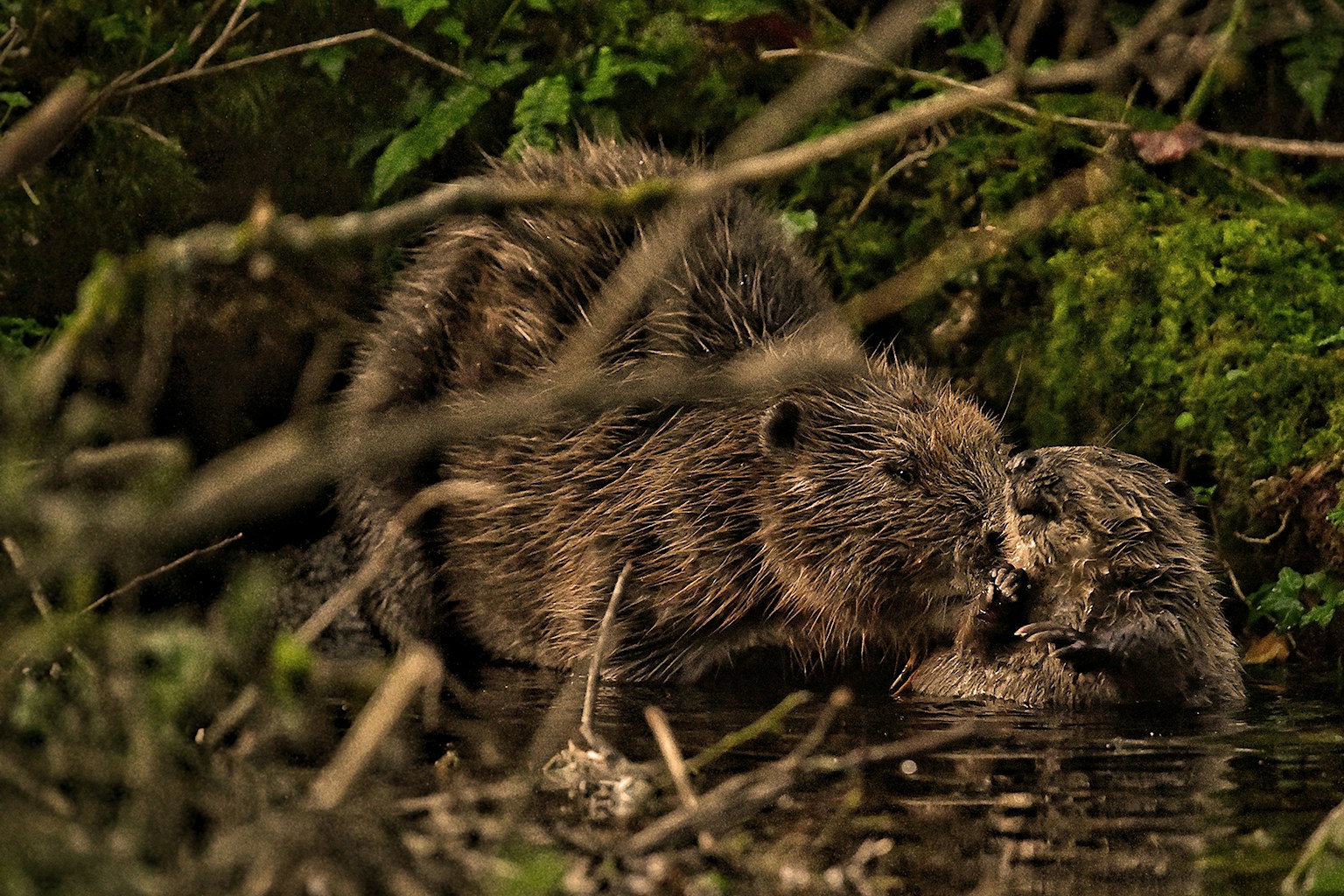
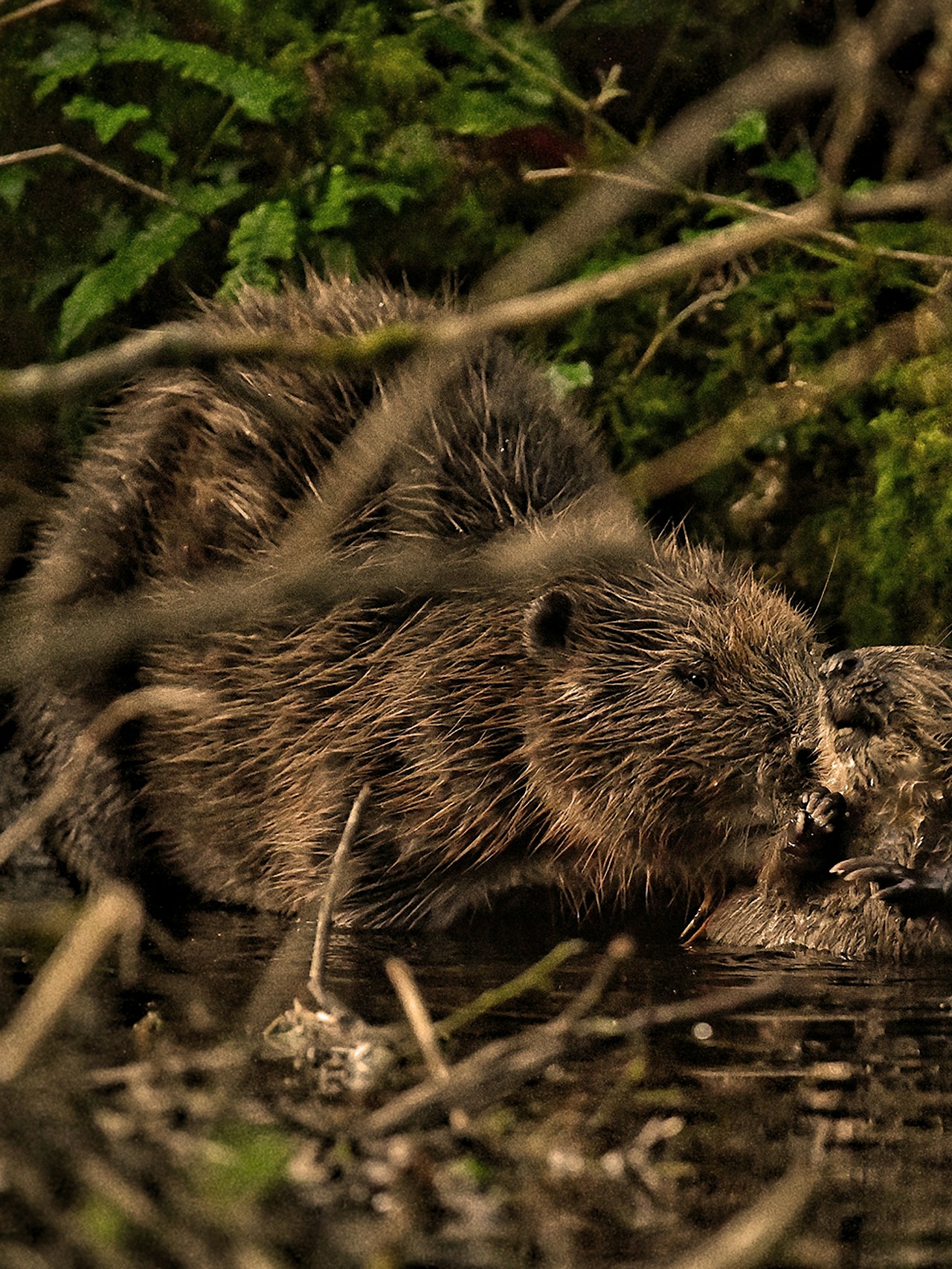
What’s so special about beavers?
Explore why we need these ecosystem engineers in Britain, how they shape landscapes, and why reintroductions make sense in the right places.
